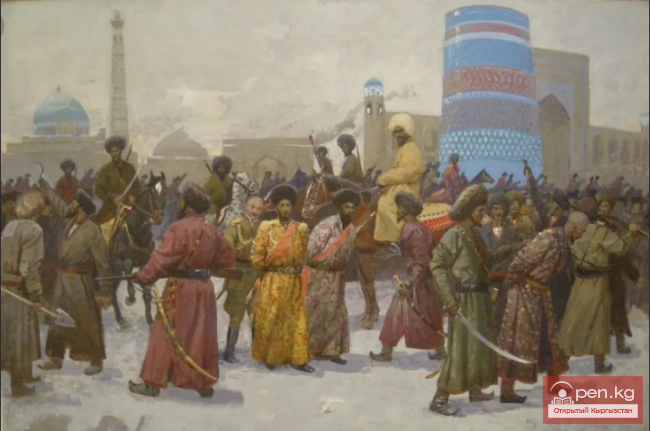
Mythological Type of Consciousness in the Development of the Kyrgyz
Mythological Type of Consciousness A person controls their own actions, accepts and bears full responsibility for them. The regulator of their behavior is ethics, legal norms, and ideology, expressed in a way that is understandable to all. This highest type of consciousness for our time was preceded by two lower types.















































